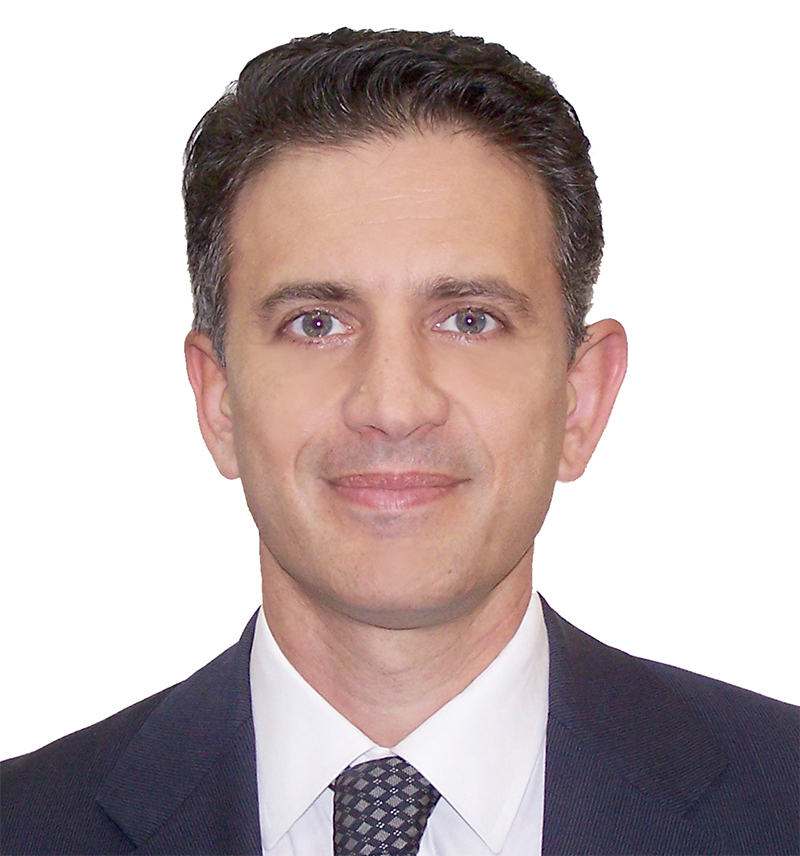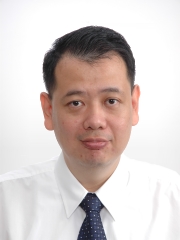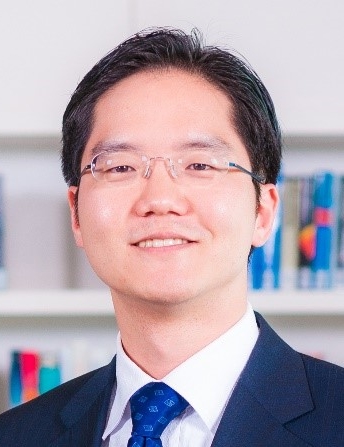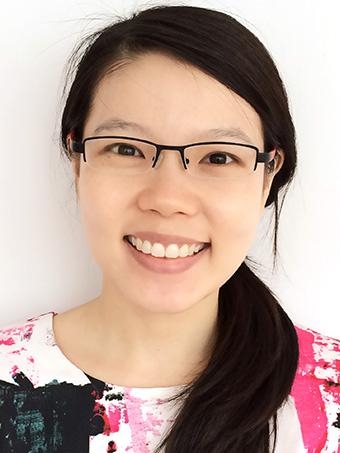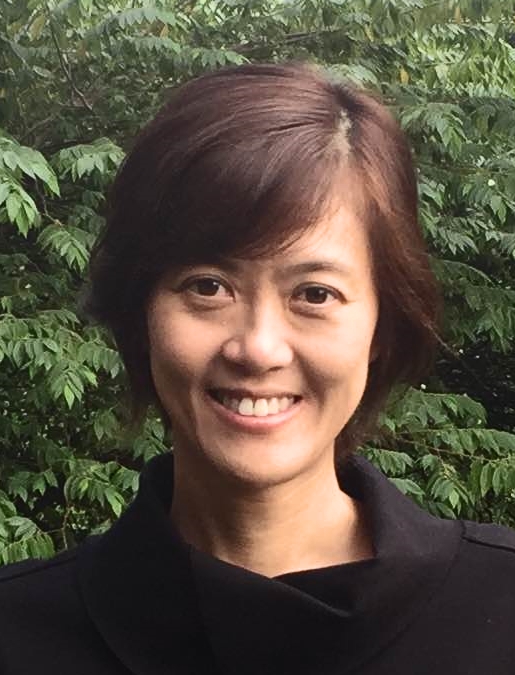Integrated Circuits & Embedded Systems
The Integrated Circuit and Embedded System (ICES) group involves the following research areas: analog/RF, digital and mixed-signal integrated circuit (IC) design, MEMS, and embedded systems. Regarding IC design, we pursue continuous architectural and circuit innovation for advanced sensor interfaces, transceivers, digital processing and power management with performance and energy/power efficiency that are beyond the state of the art. Our research aims to enable new applications, and involves the demonstration of novel integrated systems for biomedical applications and nodes for the Internet of Things with extreme miniaturization and long lifetime, as few examples.
As we push the boundaries of integrated circuit/system technologies, we currently hold several records worldwide in all above areas and we lead the related state of the art. As few examples, in the analog/RF and mixed-signal IC design area, we demonstrated the first 450-nW biomedical sensor interface, a 17-pJ/bit transmitter and UWB beamformer with 1-phase resolution, the first integrated circuit demonstration of wearable ECG plaster, bionic neural link prototype, and wireless endoscopy. In the digital domain, we have demonstrated the first microcontroller and tightly coupled power management unit with uninterrupted operation even when the battery runs out of energy, being able to operate both with battery at best-in-class energy, as well as without battery with 1.5-nW power consumption (as powered by a tiny on-chip solar cell, VLSI Symposium 2019). Our research on reconfigurable microarchitectures has also demonstrated a 2X energy-performance range extension beyond conventional voltage scaling, for an unprecedented flexibility across tasks and applications. In processing for computer vision, we have demonstrated the first sub-mW feature extractor for IoT smart imagers (55uW, 50X lower than prior art). In the hardware security domain, we demonstrated various Physically Unclonable Functions (PUFs) and True Random Number Generators (TRNGs) that set the state of the art in terms of energy and security (ISSCC 2015, JSSC 2018, ASSCC 2020), the AES crypto-core with lowest energy with only 0.1 mW consumption at 100 kbps, and the first PUF key generator with suppression of the traditionally large energy cost of design margin (e.g., due to process/voltage/temperature variations). We have also showed the first SRAM memory (ISSCC 2014) and Network on Chip (CICC 2019) with scalable energy-quality tradeoff for ultra-low energy operation in machine learning applications, the smallest ADC Analog-to-Digital converter with widely scalable energy/resolution/voltage (ASSCC 2013), the fastest/most energy-efficient pulsed latch (ISSCC 2012), the first reconfigurable clock network (ISSCC 2017) and reconfigurable microarchitectures (JSSC 2017) for wide voltage scaling, the first pW-power oscillator suppressing the need for power-hungry voltage regulation (VLSI 2018). Our integrated systems for IoT have been demonstrated to be able to operate when solely powered by a mm-scale solar cell down to moonlight, and hence in a nearly-perpetual manner.
As for MEMS, our research on MEMS sensor and MEMS-based circuit design spurred ultra-high Q resonators, MEMS based oscillator and MEMS accelerometer with CMOS readout circuit, achieving 0.4µg bias instability. As for embedded systems, our focus is on efficient and fault tolerant embedded system with low power consumption and design cost. Various automated tool-flows to raise the abstraction level have been demonstrated. One such tool is MAMPS which can generate multiprocessor architectures for FPGA within seconds.
Research Focus
-
Intelligent and Connected Systems

A fast-rising demand for always-on intelligent and connected energy-autonomous integrated systems is stemming from the manifest convergence of the Internet of Things (IoT) and Artificial Intelligence (AI), involving verticals such as Industry 4.0, distributed sensing for smart buildings/cities, mobility/connectivity, wearables and many others.
As required by such applications, our research is enabling capabilities in a new breed of embedded systems that continuously monitor sensor signals, detect the occurrence of events, make sense of them through on-chip data analytics, and wirelessly provide the cloud with fine-grain big data for large-scale event comprehension. Our research hence focuses on always-on systems and AI accelerators with a very wide power-performance dynamic range, from ultra-low standby/active power to high peak performance. Recently, our research has expanded to all sub-systems found in intelligent & connected systems, including in-memory computing, ultra-low energy networks on chip for AI, and machine learning techniques embedded in sensor interfaces.
-
Internet of Things

The research of the Internet of Things (IoT) group is focused on the design of integrated circuits (“silicon chips”) with ultra-low power consumption. This aims to enable the next generations of IoT devices with ultra-long battery lifetime and extreme miniaturization, for ubiquitous sensing and processing. Holding several worldwide records, our groups constantly demonstrate advances in the power consumption of digital, analog, radio frequency and power management circuits, as well as integrated systems for a wide range of sensing applications (e.g., environmental monitoring, motion sensing, vision, speech).
-
Biomedical
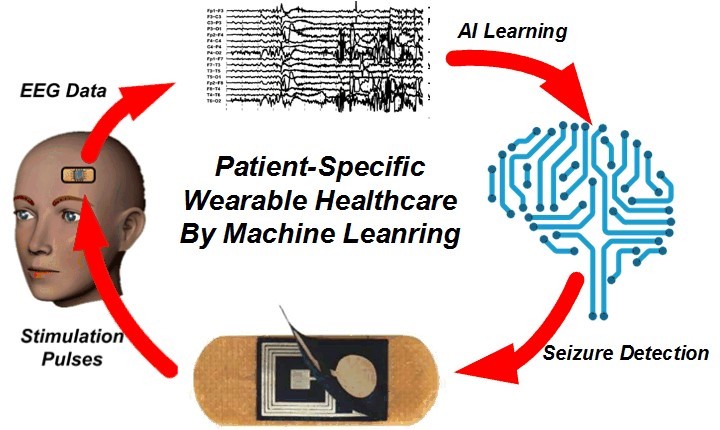
The research of the Biomedical group is focused on the design of integrated circuits and systems for health care for several purposes. For example, flexible and band-aid sensors with on-chip machine learning are investigated and demonstrated to enable “patient-specific” disease detection/suppression. Our research enables ultrasound mobile imaging at the micro-scale through pMUT-based integrated systems. Ingestible miniaturized electronic systems are also investigated for little-intrusive and accurate endoscopy. Our research also involves advanced implantable interfaces for peripheral nerve prostheses, vital sign monitoring and low-energy wireless transceivers.
-
Wearables
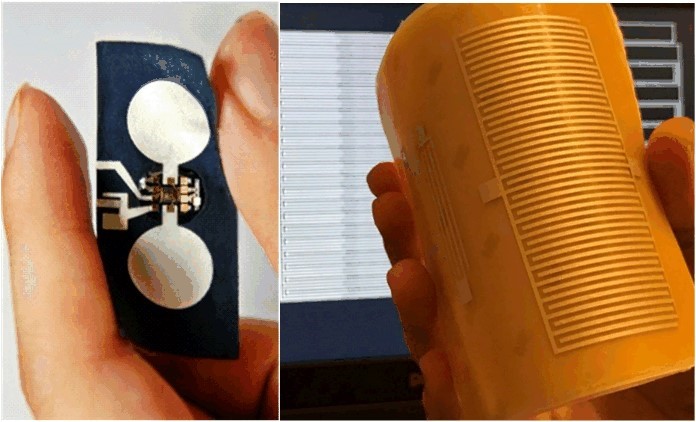
The research of the wearables group is centred on the design of electronic systems that are naturally wearable, body-compatible and aesthetic. System integration on wearable platforms based on clothing, textile and polymer gel are investigated to replace conventional circuit boards. The wearables group also focuses on Body Area Networks (BAN) with Body Coupled Communications (BCC) to solve the fundamental limitation of radio frequency communication on the human body, turning the human body itself into a communication medium for improved energy efficiency.
-
Hardware Security

The research of the hardware security group is centred on advancing the state of the art of cybersecurity through innovation at the hardware and silicon chip level. The group regularly demonstrates novel techniques that enable cybersecurity everywhere and continuously, thanks to circuits and architectures that are very low power, inexpensive (i.e., small silicon area), and designed in a fully automated manner. As a few examples, our research on ultra-low energy cryptographic engines and trustworthy Physically Unclonable Functions (“silicon fingerprint”) has led to several demonstrations of security primitives with lowest energy and best statistical quality for chip authentication.
People
|
Massimo Bruno ALIOTO E4-05-24 +65 6516 2126 Ultra-low power VLSI circuits, self-powered and wireless nodes, near-threshold circuits for green computing, error-aware and widely energy-scalable VLSI circuits, circuit techniques for emerging technologies |
HENG Chun Huat E2-03-27 +65 6516 1628 RF CMOS IC design for digital/analog communication Mixed signal IC design VLSI implementation of DSP circuits |
|
Rajesh C PANICKER E2-03-25 +65 6516 5253 Biomedical circuits and systems, embedded systems, signal processing and pattern recognition |
Nitish Vyomesh THAKOR E4 08-17 +65 6516 2114 Basic and applied research on Medical Instrumentation, Micro and Nanotechnology and Signal Processing with focus on Neuroengineering |
|
Jerald YOO E5-03-09 +65 6516 4609 Low-noise & low-energy circuits for biomedical applications, flexible circuit board platform, Body Area Network, ASIC for piezoelectric Micromachined Ultrasonic Transducers (pMUT), and System-on-Chip (SoC) design to system realization for wearable healthcare applications |
CHUA Dingjuan E1-08-02 +65 6516 8889 |
|
PEH, Li Shiuan AS6-04-05 6601 1734 |


